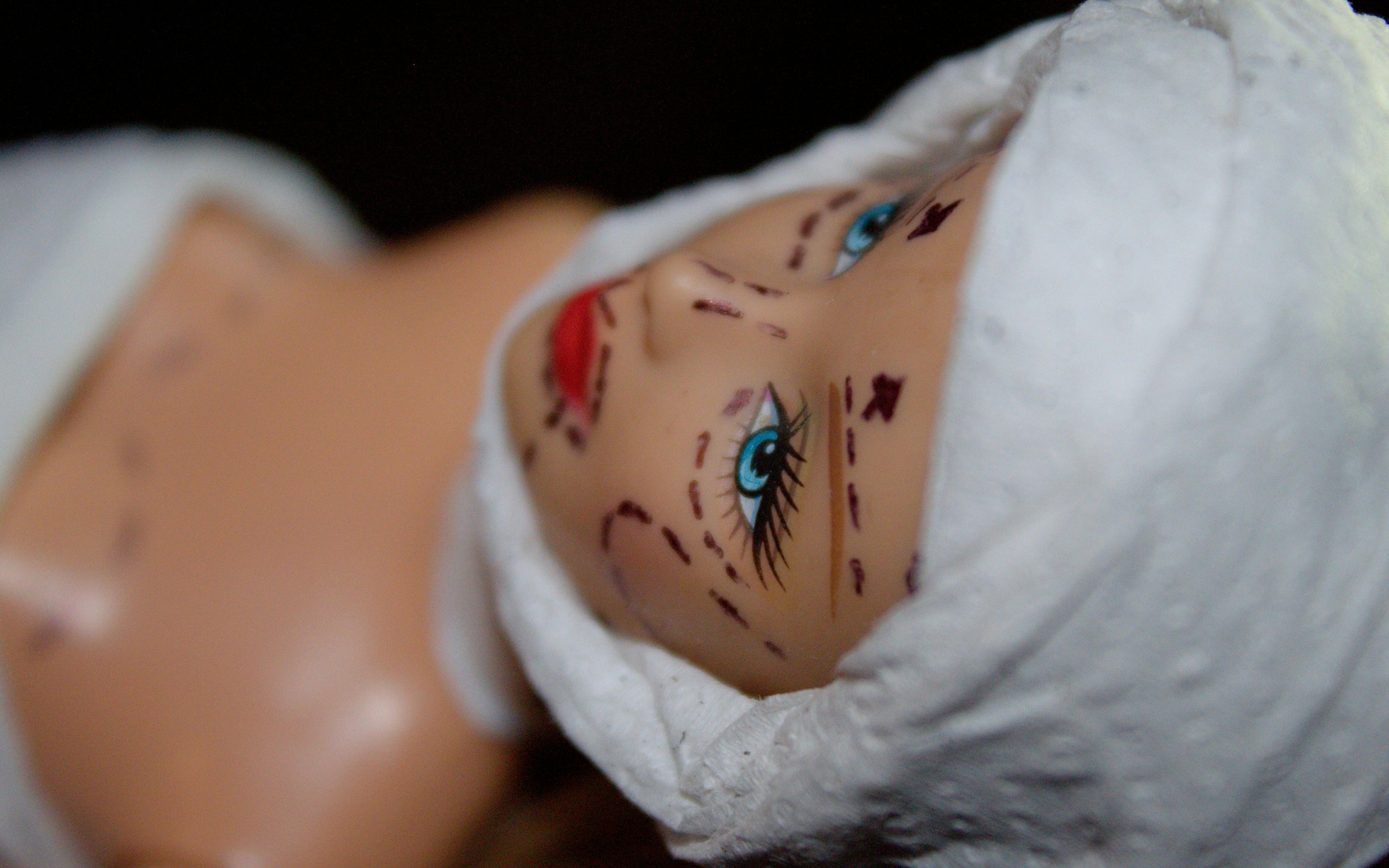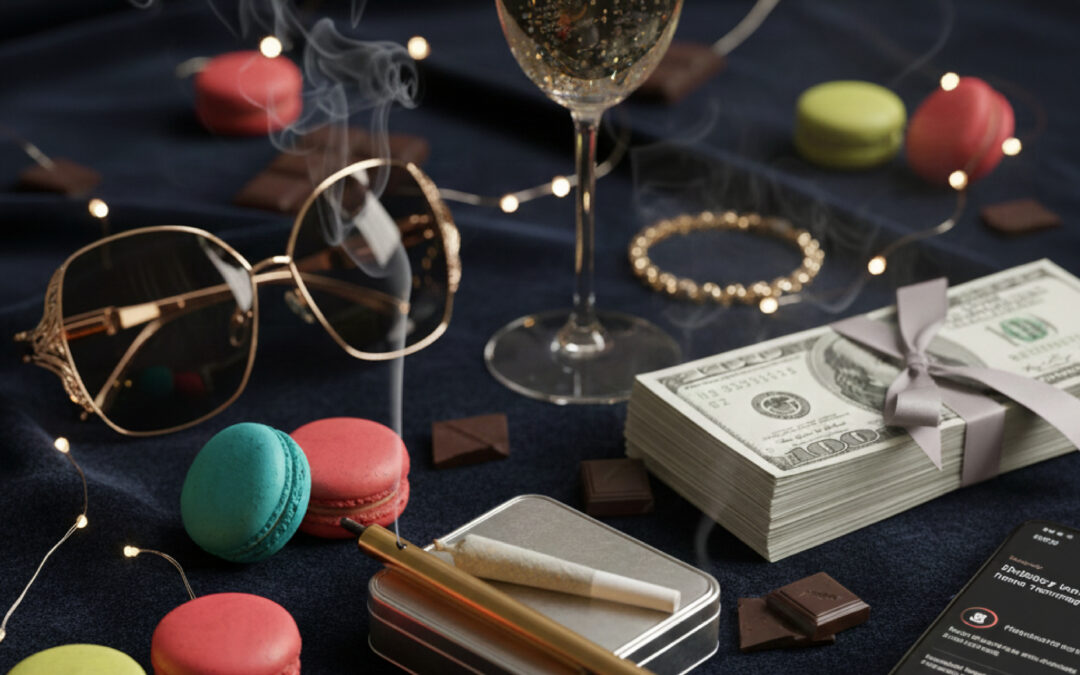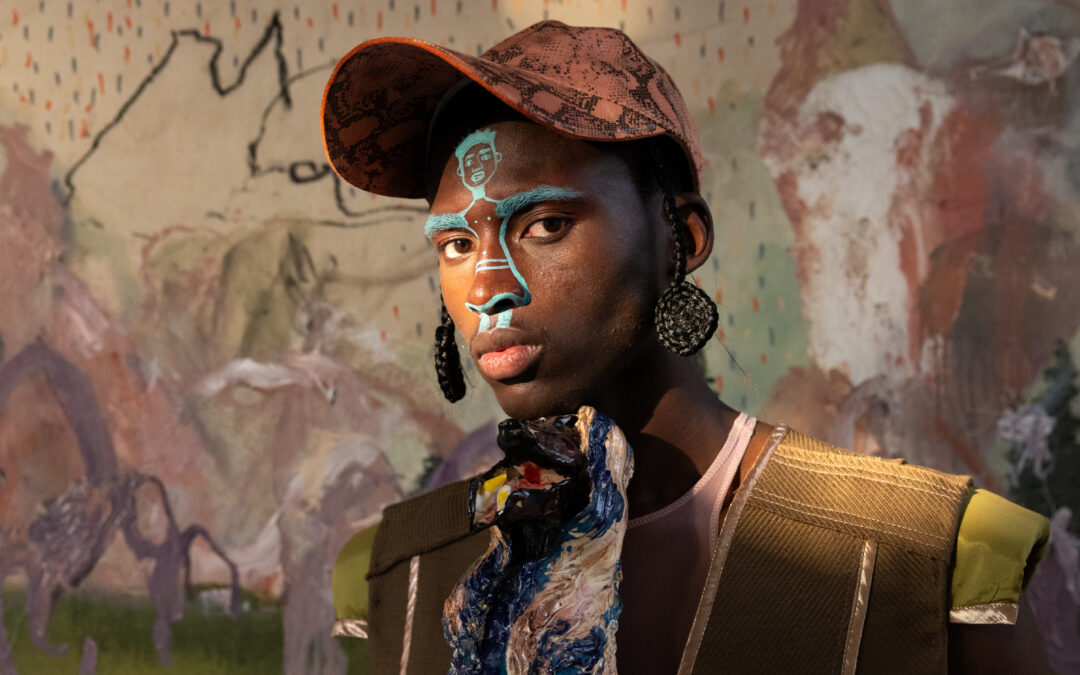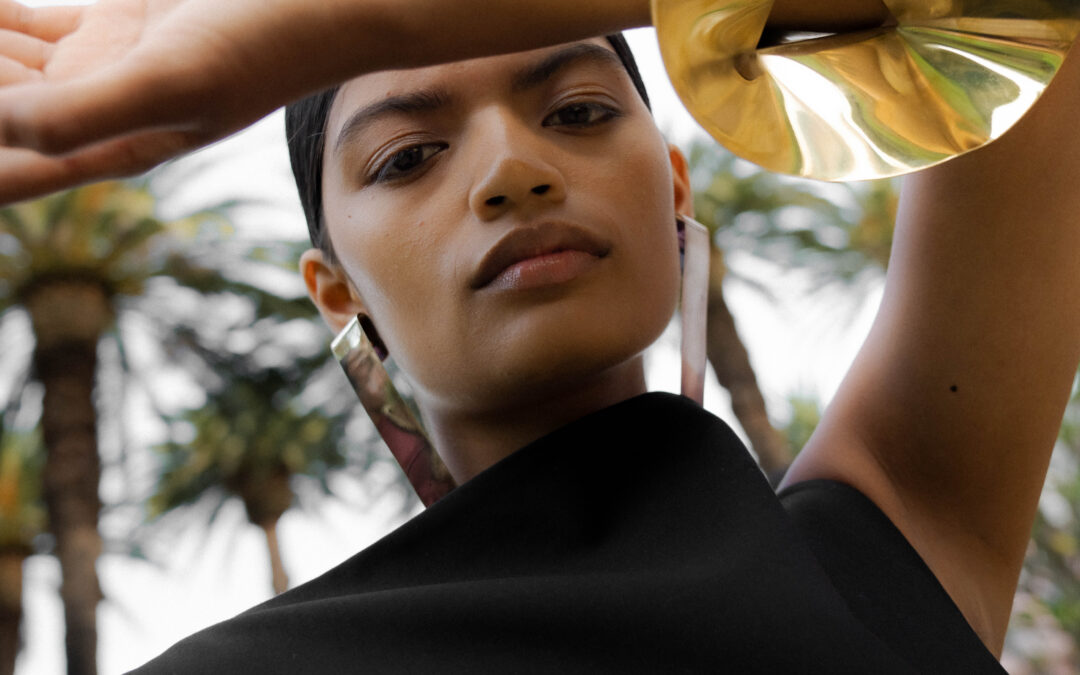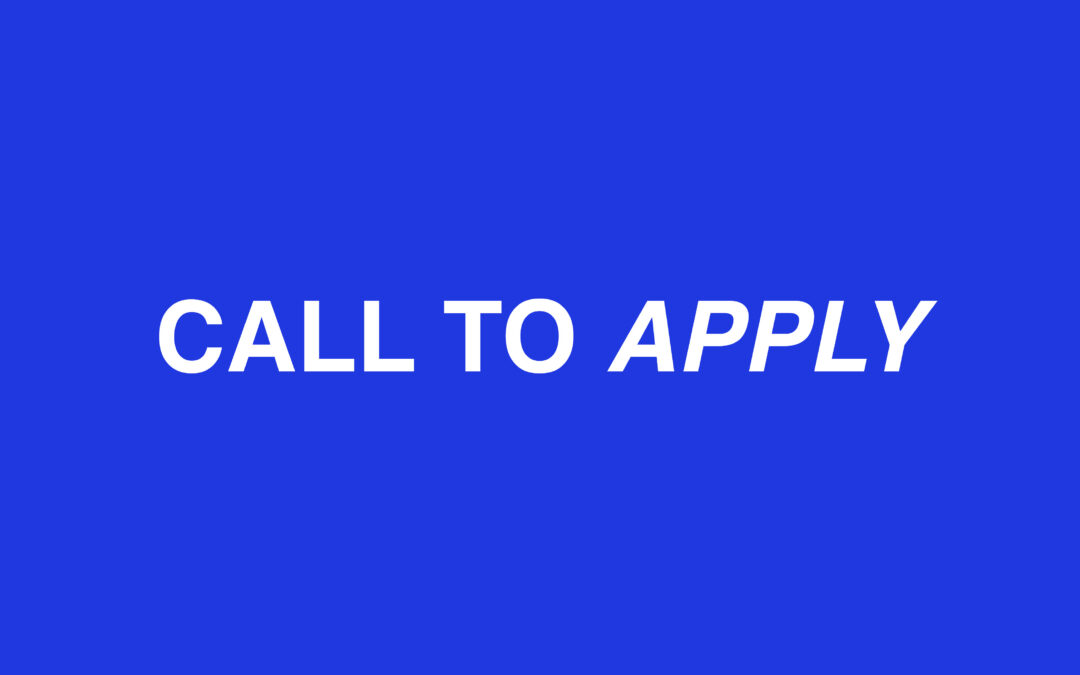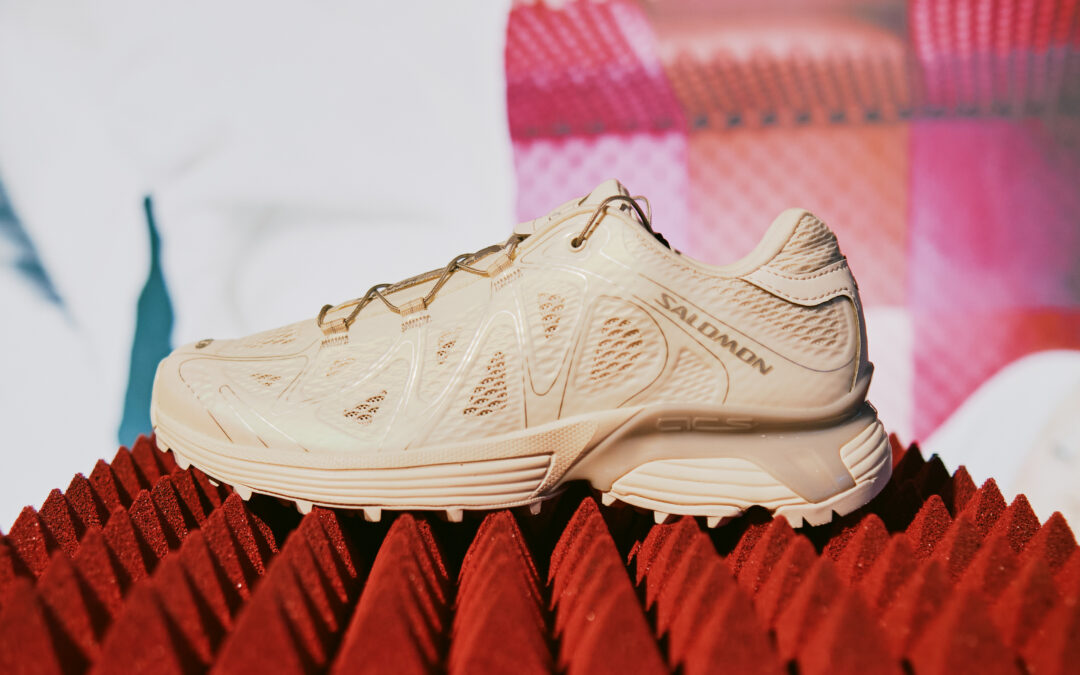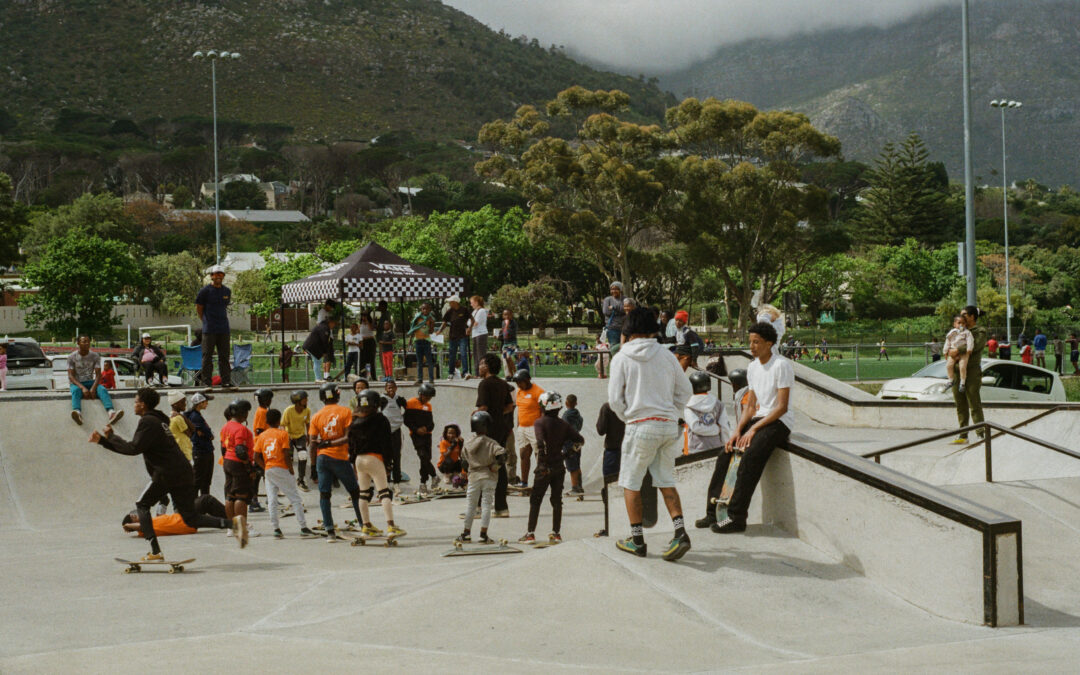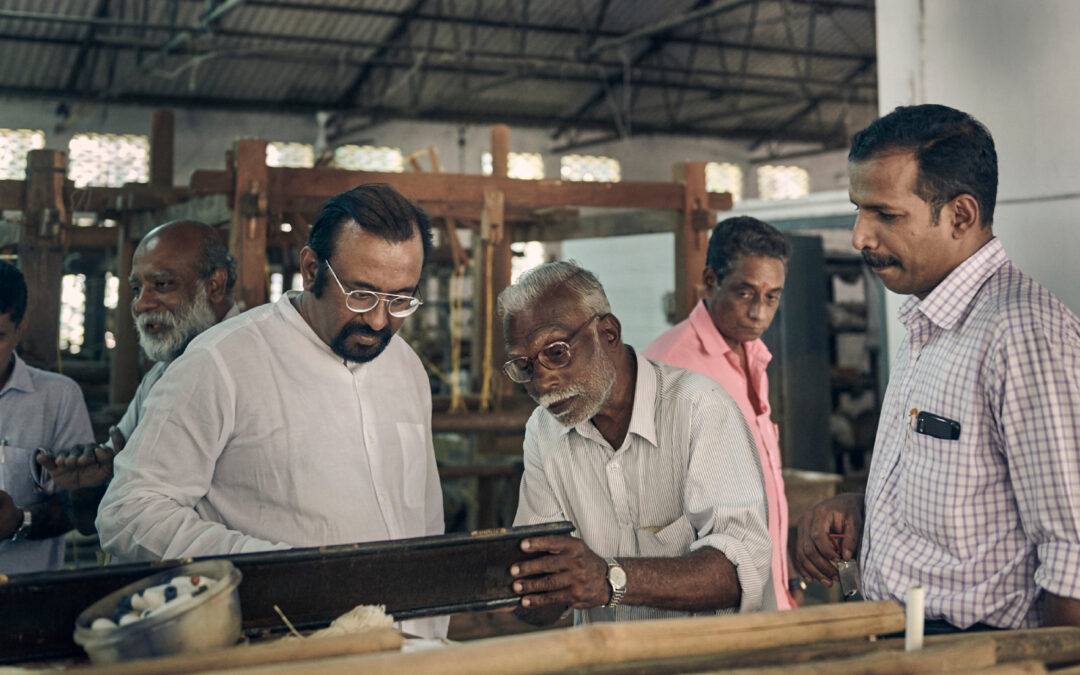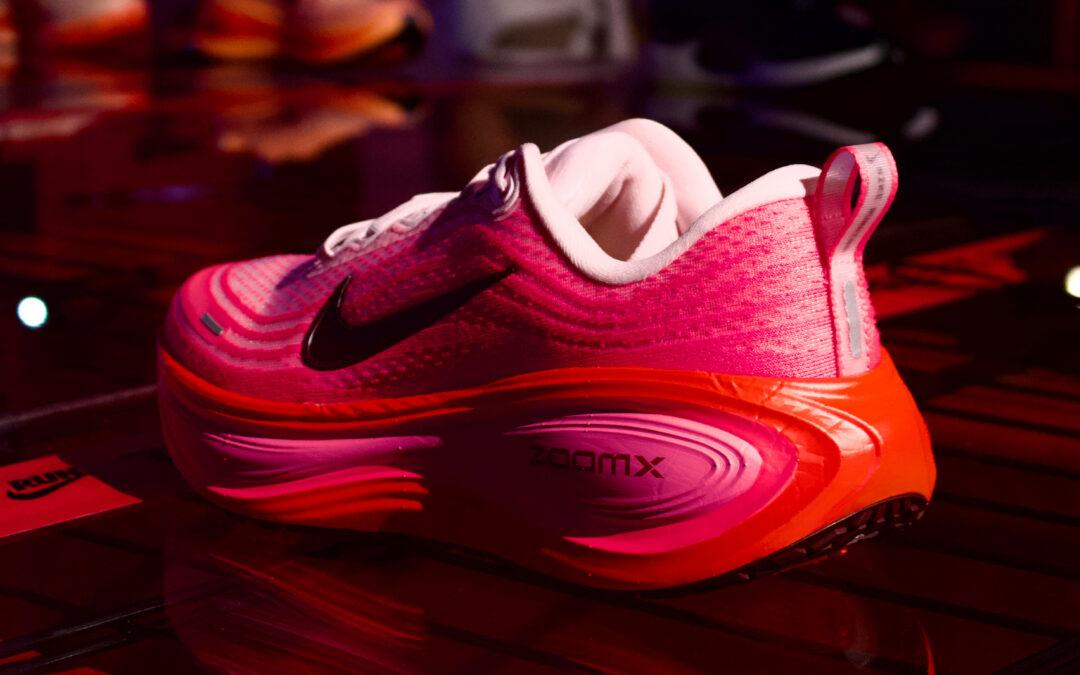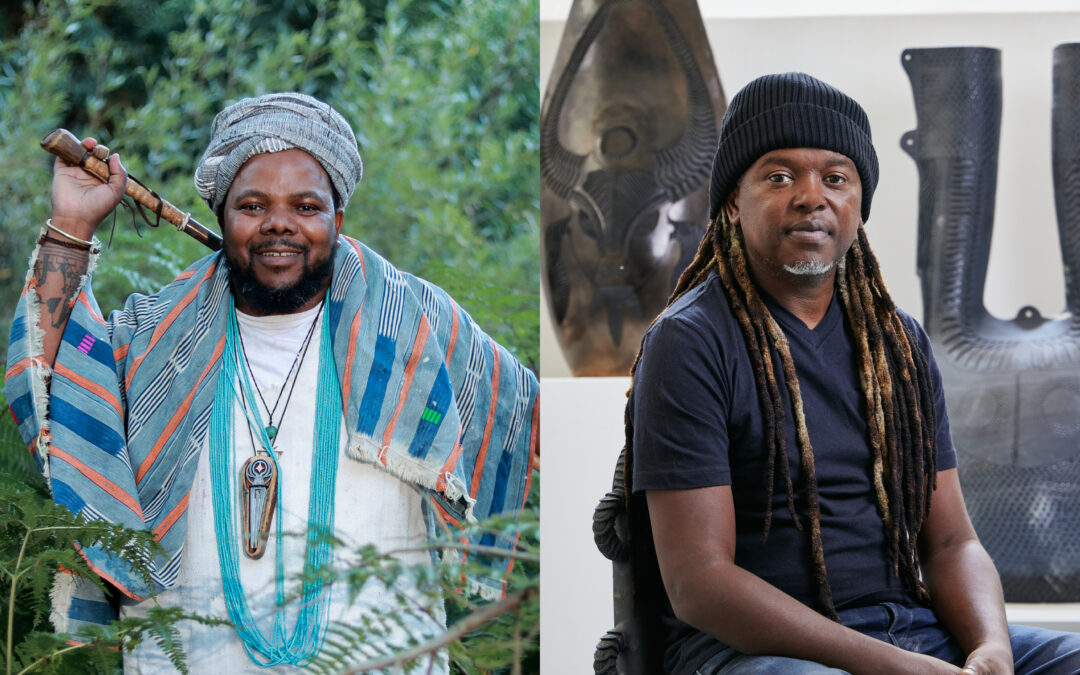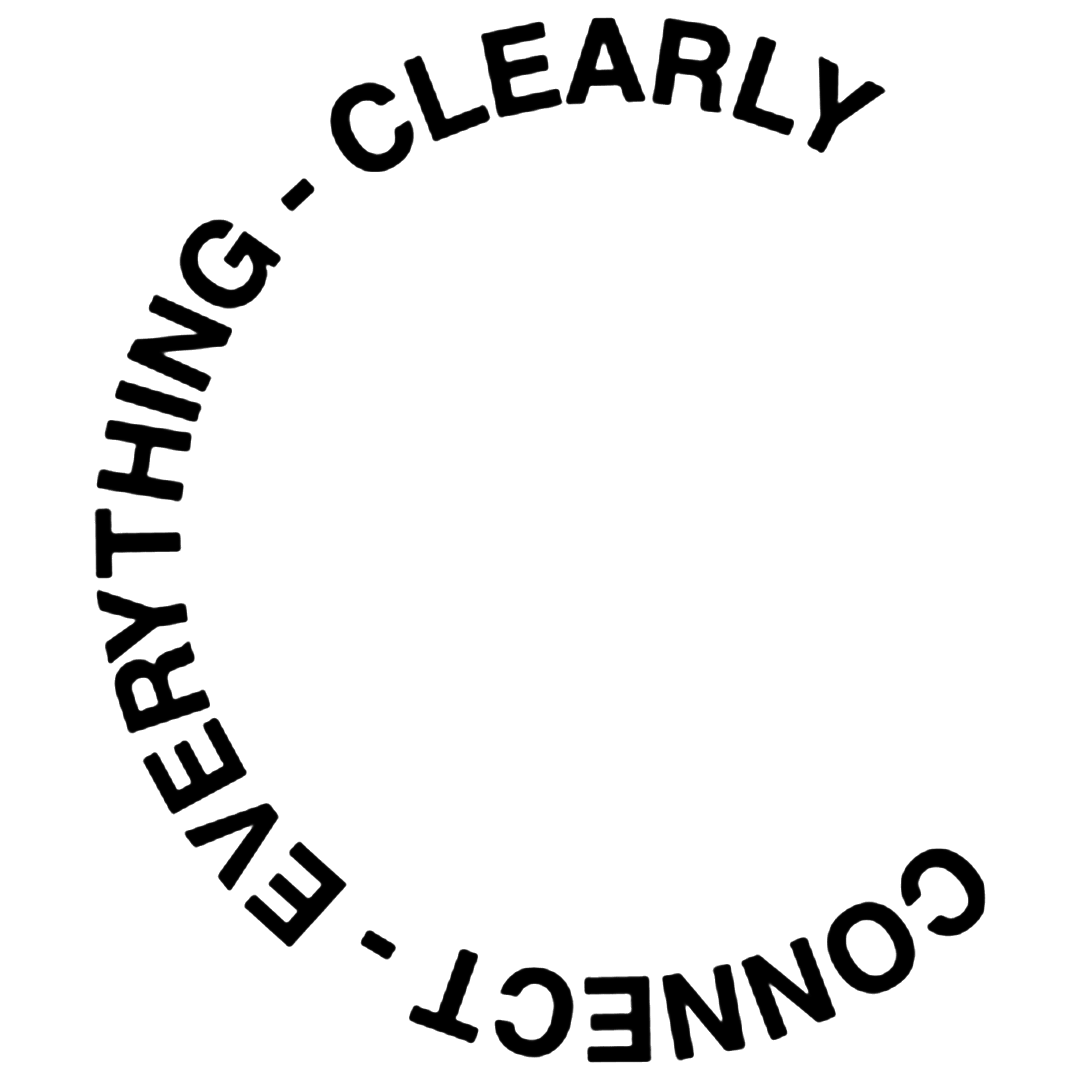As science and technology push beauty toward transhumanism, the landscape of aesthetic possibility is expanding at an unprecedented rate. From face-tightening wraps that promise instant sculpting to AI-guided cosmetic procedures that remove the guesswork from transformation, our bodies are increasingly subject to the same logic that governs our devices: iterate, optimise, upgrade. And yet, as the means to manipulate and enhance ourselves proliferate, the frameworks to understand or regulate these choices seem deeply contradictory. Much like our experience navigating digital spaces, beauty has become a deeply personal frontier; an arena in which desire, artifice and self-expression are constantly in tension, and in which the burden of ethical discernment has shifted from the collective to the individual. Well, like most things today.
Few products embody this new terrain as starkly as the Skims Seamless Sculpt Face Wrap. A sleek, flesh-toned band that promises a snatched jawline without surgery, it caused an intense outcry when it was deployed into the public sphere. Of course, Kim K — the single best known bastion of 21st-century augmentation — would be the one to mainstream a product that literalises the desire for an instant, surgically sculpted face. Additionally, the face wrap doubles as a post-surgical support following a facelift, intersecting the idea of a recovery tool as a fashion accessory.
The Face Wrap speaks to a world in which the boundaries between product, prosthesis, and persona are increasingly obscured. Previously, beauty practices were largely constrained by the physical limits of the body and the slow pace of cultural trends. Today, beauty and medical aesthetics are embedded in a technological ecosystem that treats the face and body as modifiable interfaces. Beauty products are expected to mimic surgical effects, pre-empt procedures, or extend their aftercare into daily life. Increasingly, they draw on the language and techniques of medical aesthetics, but are marketed like lifestyle accessories – sleek, easy to use, visually striking, and designed to sell a dream as much as a result.
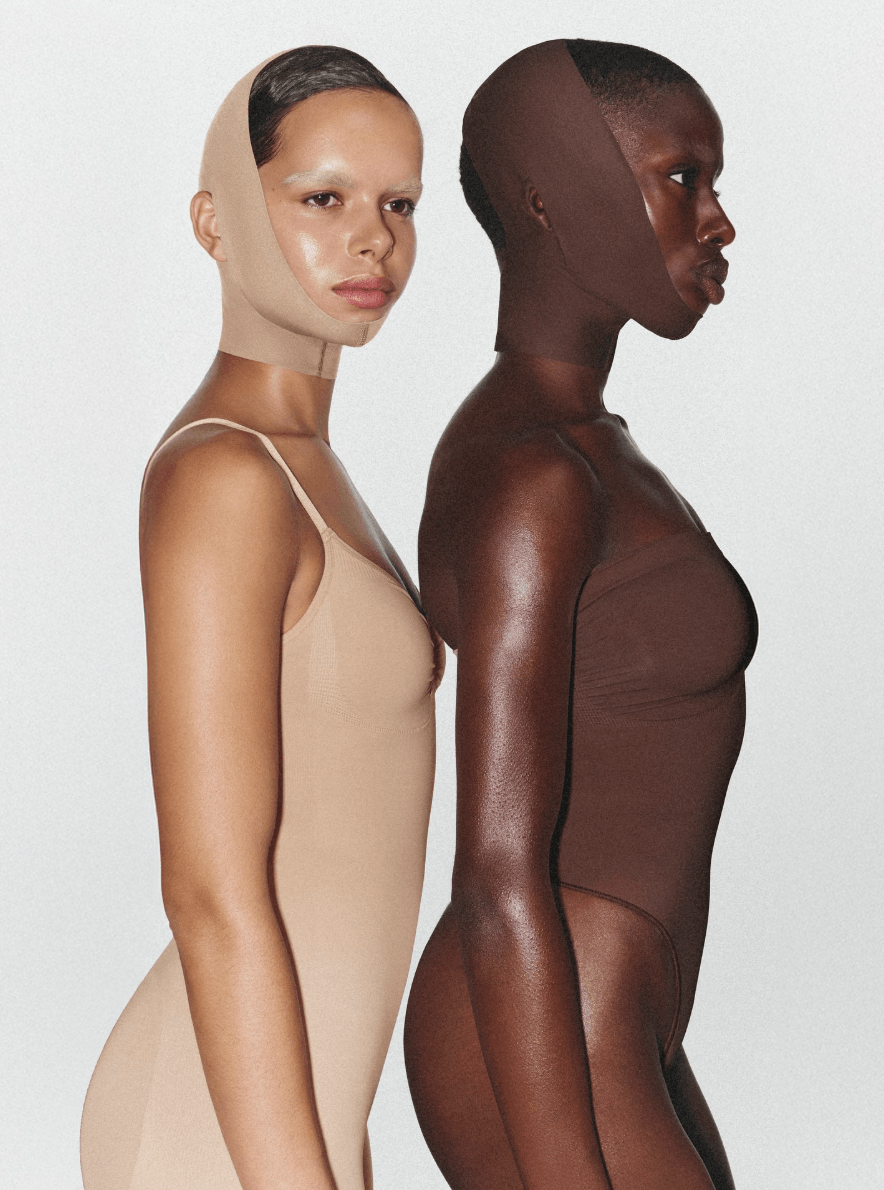
Skims Seamless Sculpt Face Wrap, via @skims IG
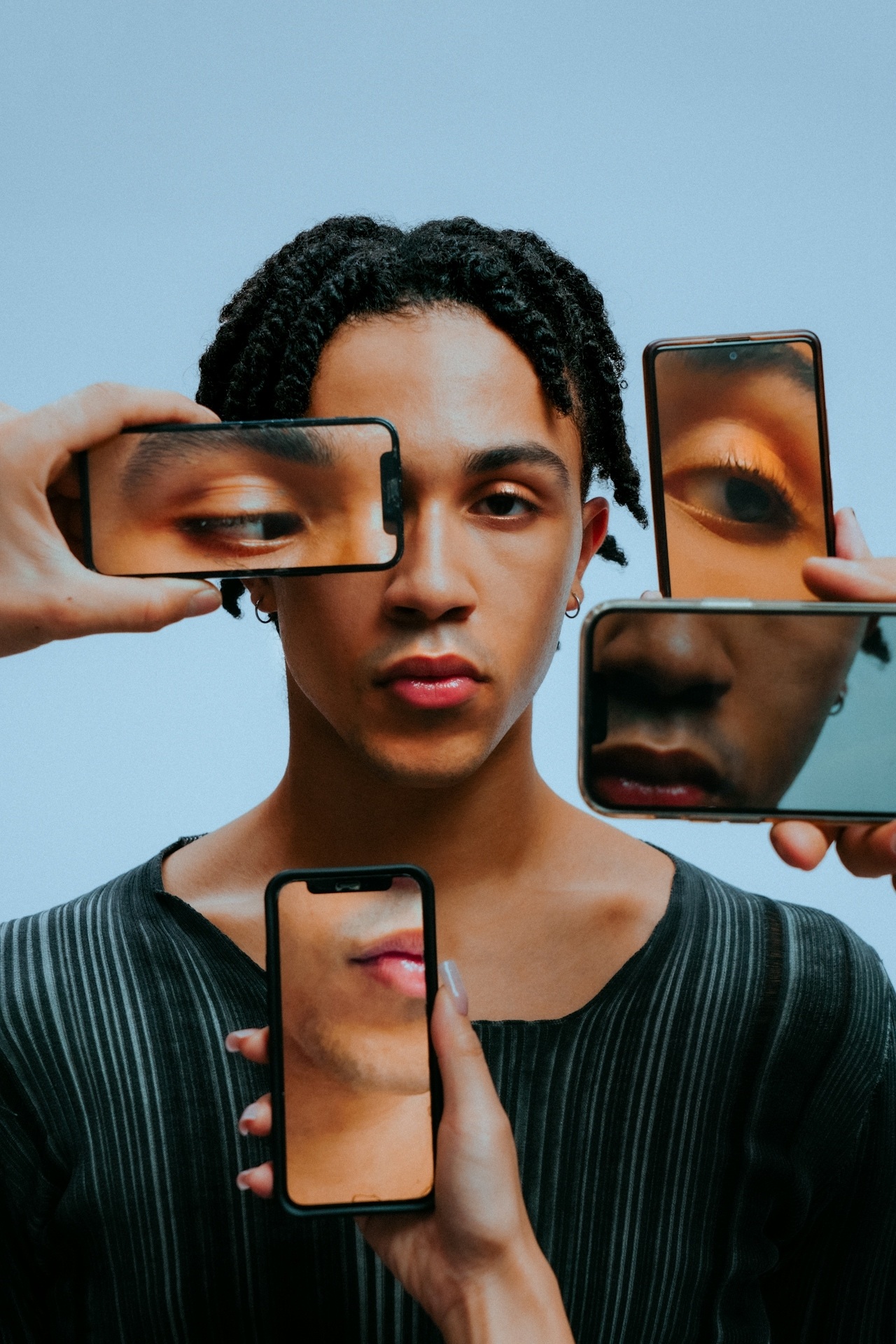
Imagery by Jelly Luise, via Pexels
I know this terrain intimately. I’ve had a boob job. I get botox, and, at the same time, I make deliberate choices to use “clean” beauty where I can. A breast lift at 24 remains one of my best personal decisions (and after I have kids one day, I fully intend to get the itty bitty fashion titties I’ve always dreamed of) and best believe, I will greet my future facelift like an old friend. Consider it my long-term skincare plan.
I live in the contradiction; augmenting some parts of myself with surgical procedures while rejecting certain chemical formulations, pursuing anti-ageing interventions while claiming a kind of naturalness elsewhere.
The beauty choices I make are neither perfectly ethical nor wholly artificial; they are negotiated, shifting, and sometimes wildly inconsistent. And this, I believe, is a cultural condition rather than my own personal failing. We are living at a time in which our bodies are sites of constant decision-making, where we navigate overlapping logics – capitalism, self-expression, environmentalism, vanity, resistance – without a single moral map to guide us.
From a feminist perspective, I can recognise my pursuit to bend toward the patriarchal gaze; still, I also locate genuine agency within these choices. I’m both participating in and pushing against the structures that shape my desires. The tension between internalised ideals and self-determined expression will never resolve neatly; these tensions are manifest in the everyday negotiations I make with my mirror, my wallet, and my politics. They are shrouded in my deepest insecurities, and they mark key junctures in my pursuit of liberation. My choices exist in a feedback loop with the culture that produced them: I am both shaped by, and a shaper of, the aesthetic codes I inhabit.
For now, I am totally accepting of this. Well, maybe until installing a microchip becomes the final act of devotion to the mirror, or a prerequisite at the medi-spa.
What fascinates me most right now is how quickly beauty is becoming a space in which the line between human and machine will entangle, way before the supposed ‘singularity’ of generative AI. We are already witnessing algorithmically defined beauty standards — filters that subtly (or not so subtly) narrow noses, enlarge eyes, sharpen jawlines, and cosmetic surgeons use machine learning to predict “ideal” proportions.
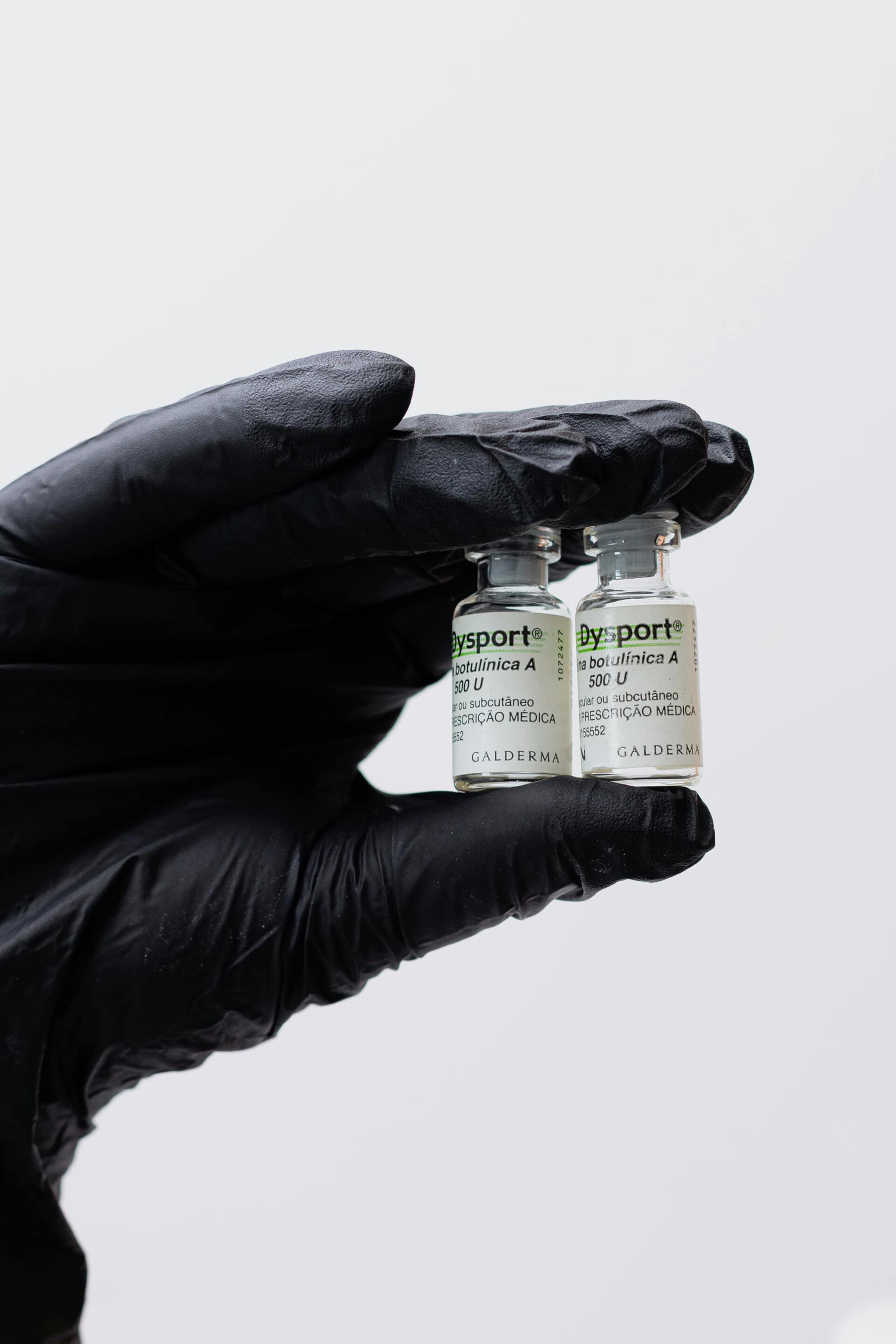
Imagery by Laura Villela, via Pexels
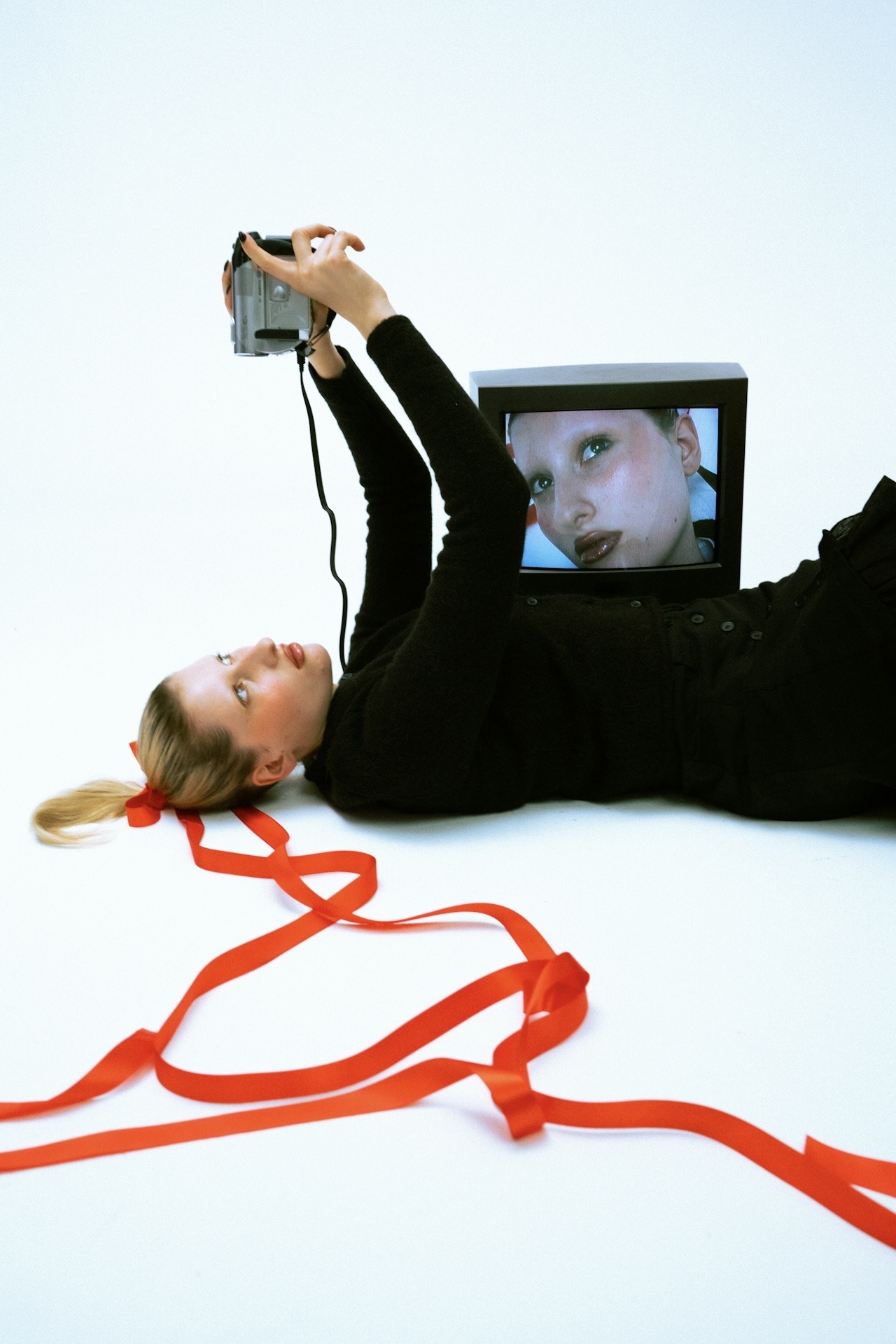
Imagery by Jelly Luise, via Death to Stock
The convergence of biotechnology, AI, and cosmetic industries points to a future where the human form is going to be endlessly optimisable. It’s impossible and irresponsible to talk about this future without acknowledging its proximity to the harrowing notions of eugenics. While historical eugenics operated through overt state control, our eugenics-coded beauty ideals are engineered, disseminated, and reinforced by invisible systems intended to sell us products and procedures, while upholding systemic white supremacy and Eurocentric beauty standards.
What is certain, is that these technological advancements will first be reserved for the ultra-wealthy, asserting new aesthetic and biological hierarchies. From there, they will trickle down class by class, to the rest of us, diffused through trends and aspirational culture. Still, none of us will escape the future they set in motion; we will all live, in some way, within the aesthetic and genetic frameworks they inaugurate.
Over the next few decades, our aesthetic vocabulary is likely to expand far beyond injectables and implants. We may see genetically tailored beauty traits, or surfaces that integrate technology into skin. “Looking human” may become just one option among many. Even as we hurtle toward this transhuman aesthetic future, some truths persist. The pursuit of perfection — whether through ancient kohl, 18th-century corsetry, or 21st-century AI interventions — has always carried contradictions. It is both an act of self-determination and a submission to collective ideals. We all engage with it to some degree, whether we straddle the line between the empowering and the oppressive, knowingly or unknowingly.
When perfection becomes infinitely possible, its contradictions inevitably multiply. The tensions within the beauty space will only deepen; each enhancement brings new questions. Where does self-expression end and social pressure begin? What values are encoded into the technologies we adopt? And who gets to decide what beauty should look like in an age where even the literal limits of flesh can be restructured?
From my perspective, no real universal ethical or aesthetic framework exists to govern this evolving terrain. There is no collective handbook for how to navigate an impending age in which beauty practices can be simultaneously surgical, algorithmic, organic, and performative — or just totally alien-like. There is only us, as the individual, standing in the flux and tasked with forging a stance that feels somewhat coherent. Sarte asserted that in the absence of predetermined moral structures, we are condemned to be free: responsible for inventing our own values and living with the weight of those choices. My decision to inject my furrowed brow with Dysport is, in that sense, an existential one. Yes — it really is that deep.
For me, the path forward is bound by acknowledging my contradictions and ensuring my personal politics don’t betray themselves through unexamined participation. It means treating beauty beyond any fixed moral category, and it also means holding space for ambivalence, curiosity, and choice. At the same time, I do believe that economic distribution is a moral issue — so while I can accept individual aesthetic choices as complex and personal, I cannot ignore the broader structures that determine who has access to transformation, or if this is even experienced as freedom across different social and economic realities.
It also means, philosophically and politically, reckoning with how I understand and accept the human experience; where its limits lie, what kinds of transformation are actually meaningful, and what it means to live within a body that is clearly both malleable and finite.
Each of us must decide what kind of relationship we want to have with the technologies of our own becoming. Whether we lean into enhancement, resist it, or — like most — inhabit the contradictory middle ground, the ethical work is ours to do. I bid you well in your path in doing so.
Written by Holly Beaton
For more news, visit the Connect Everything Collective homepage www.ceconline.co.za

